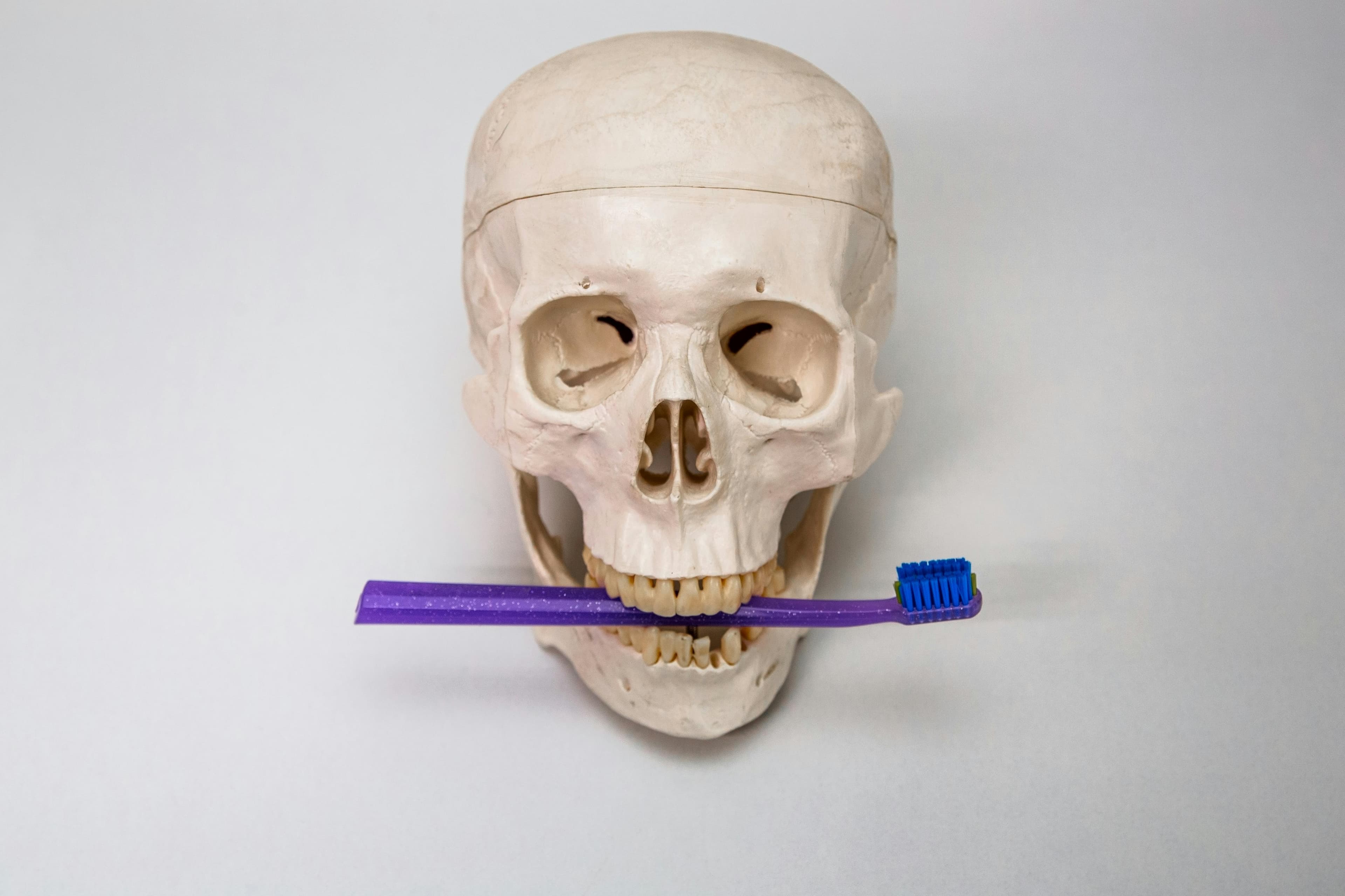Milk Residue vs Thrush: Understanding the Difference in Breastfeeding Babies
Published on September 9, 2024
Key Takeaway
While milk residue and thrush can appear similar in a baby's mouth, they have distinct characteristics and require different approaches for management and treatment.
Introduction
As a new parent, noticing white patches in your baby's mouth can be alarming. Two common culprits are milk residue and oral thrush, but distinguishing between them is crucial for proper care. This article will delve into the characteristics of each, helping you identify and address these conditions effectively.
What is Milk Residue?
Milk residue is exactly what it sounds like - a buildup of milk on a baby's tongue and mouth after feeding. It's a common and harmless occurrence, especially in newborns. According to Healthline, milk residue is more noticeable after feedings and only appears on the tongue.

Characteristics of Milk Residue:
- Appears white or off-white
- Can be wiped off easily
- Only present on the tongue
- More noticeable after feeding
- Doesn't cause discomfort to the baby
Milk residue is more common in newborns due to their limited saliva production. Healthline reports that newborns don't produce a lot of saliva during the first few months after birth, making it harder for their mouths to wash away milk.
Understanding Oral Thrush
Oral thrush, on the other hand, is a fungal infection caused by an overgrowth of Candida albicans. It's more serious than milk residue and requires medical attention.

Signs of Oral Thrush:
- White patches that can't be easily wiped off
- Patches may appear on tongue, gums, inside of cheeks, and roof of mouth
- Can cause discomfort or pain during feeding
- May lead to fussiness or refusal to feed
- Can persist for days or weeks if untreated
Healthline notes that thrush is the most common oral fungal infection in infants. While it's not serious, it can be uncomfortable for the baby and may require treatment.
Distinguishing Between Milk Residue and Thrush
The key to differentiating between milk residue and thrush lies in a simple test. As Healthline suggests, try to wipe off the residue with a warm, damp cloth. If it comes off or becomes less noticeable, you're dealing with milk residue. If it doesn't wipe away easily, it's more likely to be thrush.
Other Distinguishing Factors:
- Location: Milk residue is typically only on the tongue, while thrush can appear on other parts of the mouth.
- Persistence: Milk residue disappears between feedings, while thrush persists.
- Discomfort: Thrush may cause discomfort, whereas milk residue doesn't.
- Appearance: Thrush often has a cottage cheese-like appearance, while milk residue is smoother.
When to Seek Medical Attention
While milk residue is harmless and doesn't require treatment, thrush needs medical attention. The Mayo Clinic advises that if you or your child develops white lesions inside the mouth that don't wipe away easily, you should see your doctor or dentist.
It's important to note that thrush can also affect breastfeeding mothers. Healthline reports that in women who are breastfeeding, thrush can lodge in the nipples, areolas, and breasts, causing significant pain.
Conclusion
Understanding the difference between milk residue and thrush is crucial for proper infant care. While milk residue is a normal, harmless occurrence that will resolve on its own, thrush requires medical intervention. By knowing what to look for and how to distinguish between these conditions, you can ensure your baby receives the right care at the right time. Remember, when in doubt, it's always best to consult with your pediatrician.